Plants are a wonderful addition to your home. They create an oasis of tranquility while helping to purify the air and adding colour to your life. However, different plants thrive in different environments and work better in some rooms than others. Here are the best plants you can choose for every room in your home.
Published September 27, 2017, Updated January 30, 2021

1. Kitchen: Mint (Mentha)
Because conditions in the kitchen can vary quite dramatically, this room is best for hardy, vigorous plants such as mint. Mint grows best in its own pot in partial shade and has many culinary uses. It also repels insects such as cockroaches.
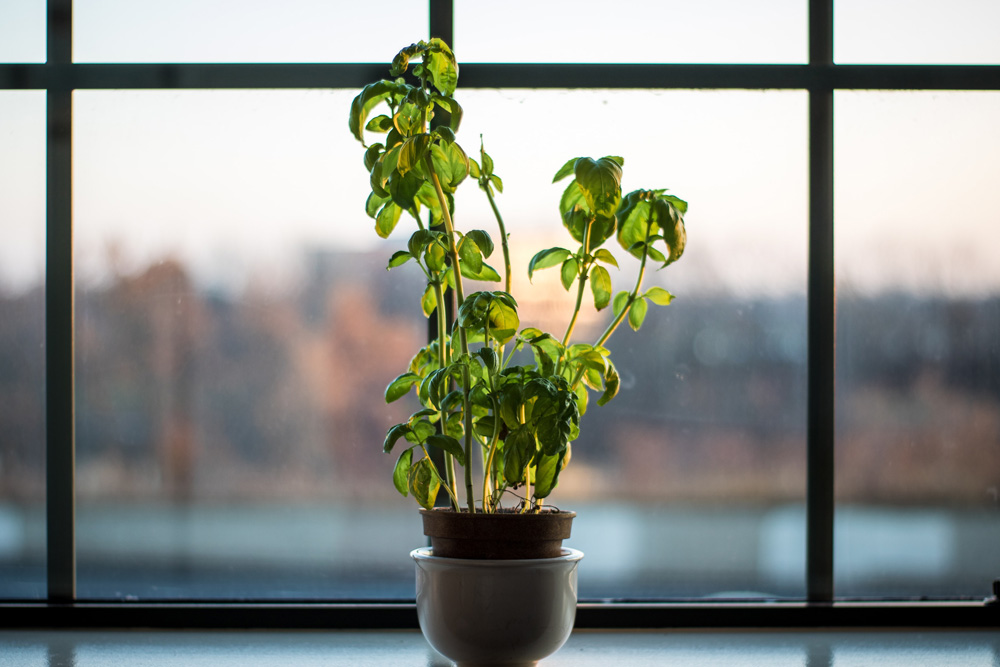
2. Kitchen: Basil (Ocimum Basilicum)
It’s not surprising that basil is a popular plant for kitchen windowsills: it’s easy to care for and gives you a ready supply of fresh leaves to use in everything from pesto to tea. Basil plants love warm, humid conditions and plenty of sunlight.
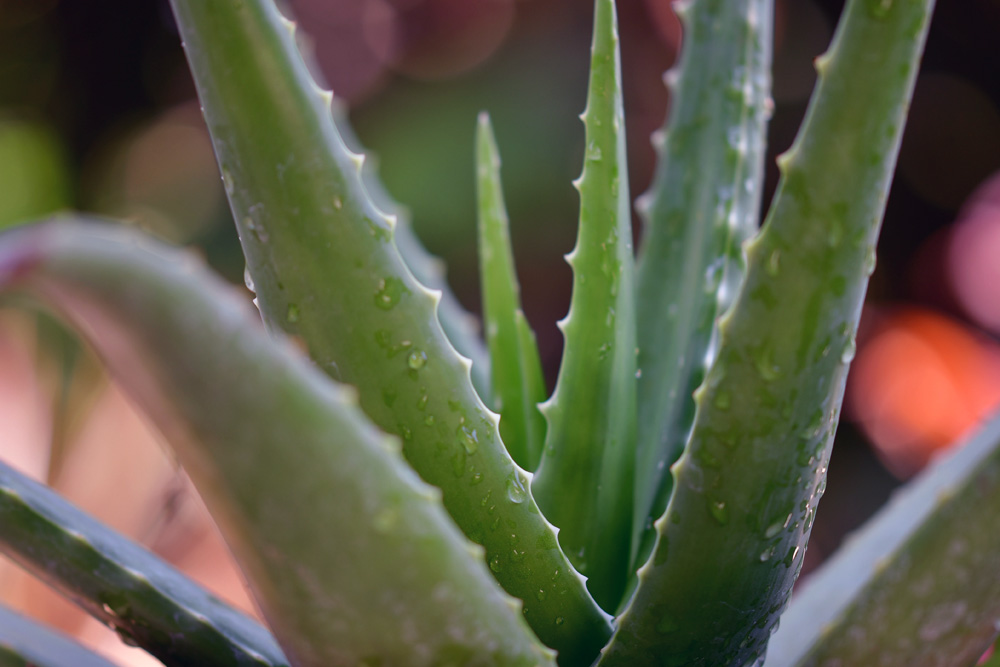
3. Kitchen: Aloe Vera (Aloe Vera)
Aloe Vera likes lots of sunlight and drier conditions. It’s a good plant to have on standby in the kitchen because you can just snap off a piece and use the gel to treat burns.
RELATED: 20 Indoor and Outdoor Plants That Will Flower in the Winter.

4. Kitchen: Calamondin Orange (Citrofortunella Microcarpa)
The calamondin orange is a citrus hybrid that’s usually grown indoors as a dwarf tree that infuses your home with a bright, citrusy aroma. The fruit is edible but sour and is often used to flavour drinks. The tree is hardy and prefers several hours of direct sunlight every day.
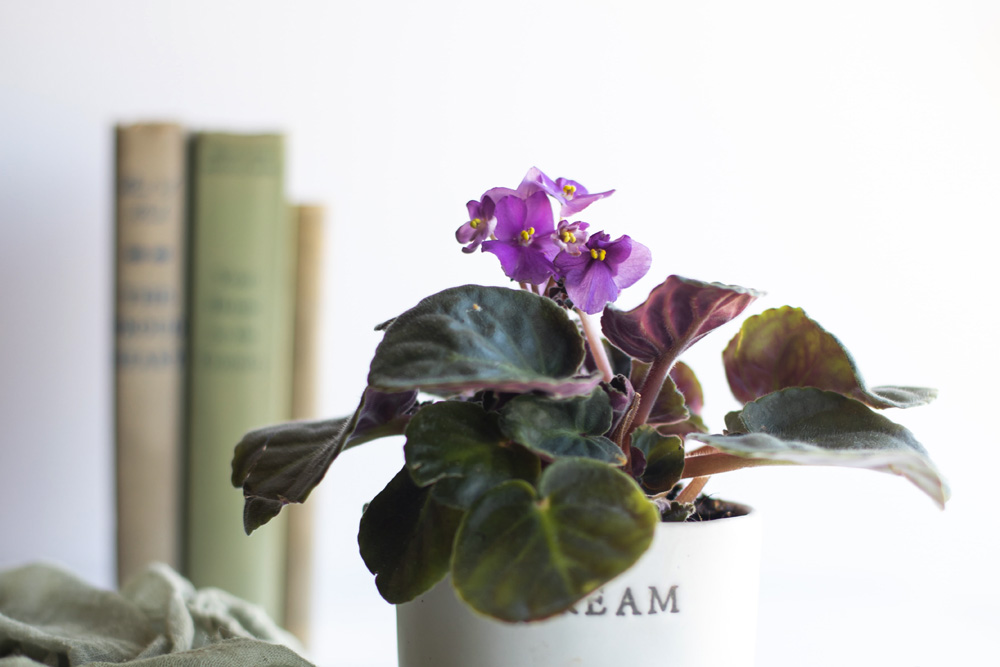
5. Bathroom: African Violet (Saintpaulia)
African violets need a bit of TLC but they do well in the warm, humid conditions of the bathroom. They prefer bright but indirect sunlight and because they bloom for most of the year, they will add splashes of colour to your bathroom shelves.
Related: 15 House Plants That Help Reduce Humidity in the Bathroom
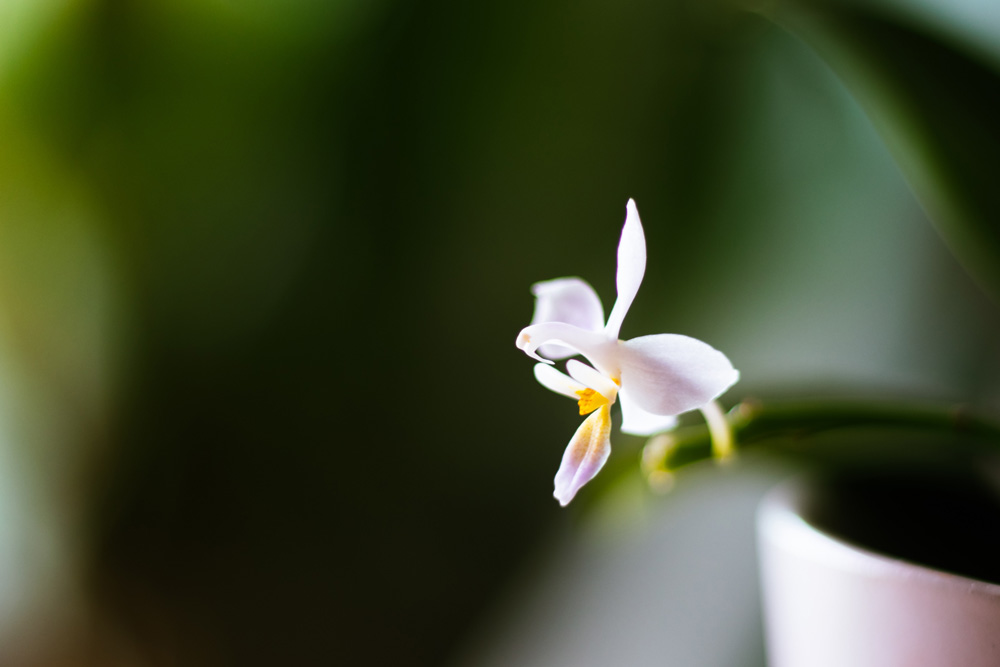
6. Bathroom: Flat-leaved Vanilla Orchid (Vanilla Planifolia)
Orchids prefer hot and humid conditions, so they’re ideal for the bathroom. Put a flat-leaved vanilla orchid on the windowsill in your bathroom, where the light is filtered. If you give it enough fertilizer, the plant may form vanilla pods that will infuse the bathroom with their relaxing scent.
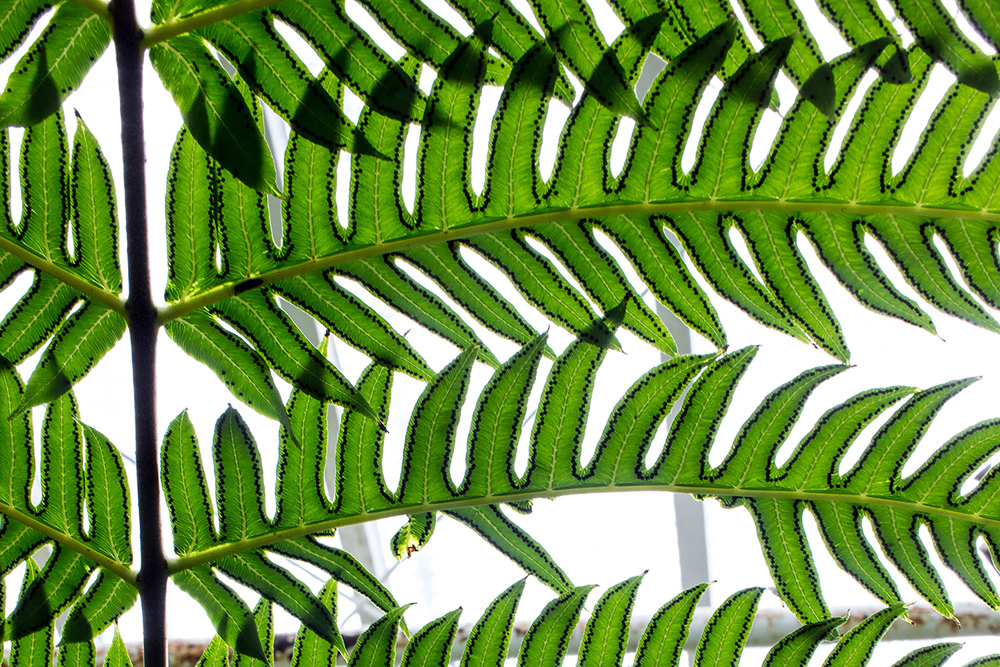
7. Bathroom: Boston Fern (Nephrolepis Exaltata)
Few rooms lend themselves to becoming forests of greenery quite like the bathroom does and ferns are ideal for achieving the effect. The Boston fern is easy to grow, likes indirect light and does well in a hanging basket.

8. Bathroom: Grape Ivy (Cissus Rhombifolia)
The grape ivy is a good choice if you want to add greenery to your bathroom but don’t have lots of space for potted plants. Put it on a high shelf or on top of a bathroom cabinet and let the vines trail along the window or around the shower. Or, better yet, check out these hanging planters you can make or buy for less than $75.
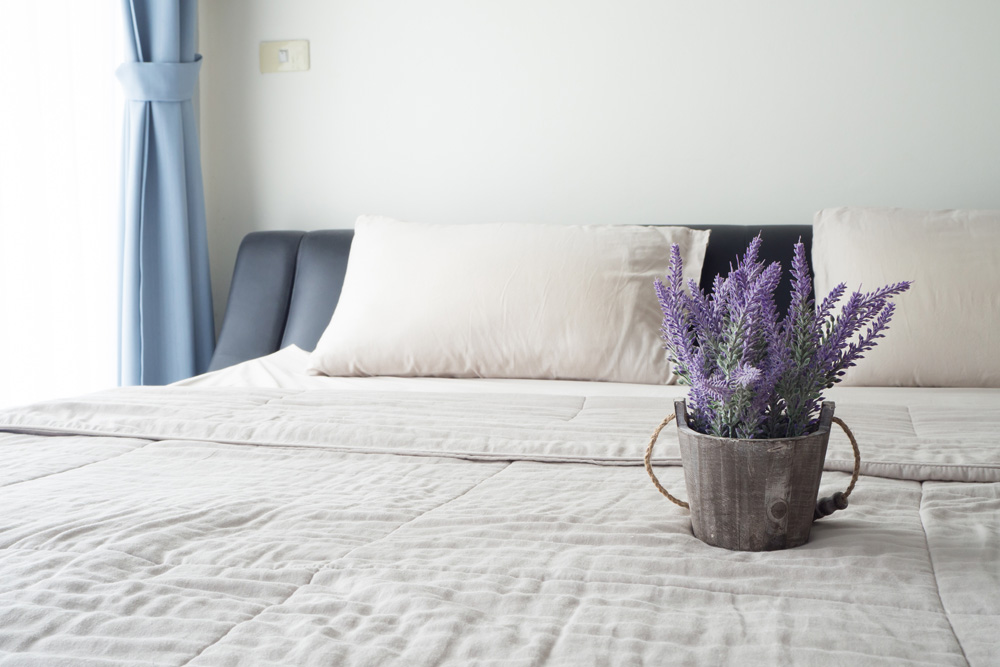
9. Bedroom: French Lavender (Lavandula Stoechas)
French lavender is easy to grow indoors and will do well near the bedroom window, where it can get lots of light and fresh air. The flowers will add subtle colour and the smell of lavender is known to reduce anxiety and help you sleep.
Related: The 20 Best Bedroom Plants to Help You Get a Better Sleep

10. Bedroom: Golden Pothos (Epipremnum Aureum)
Also known as devil’s ivy, golden pothos is nearly impossible to kill. You can even grow it in a vase of water in the windowsill. It removes toxins from the air and releases extra oxygen, so your sleep will be improved. However, keep it out of reach of pets because it is toxic to them.
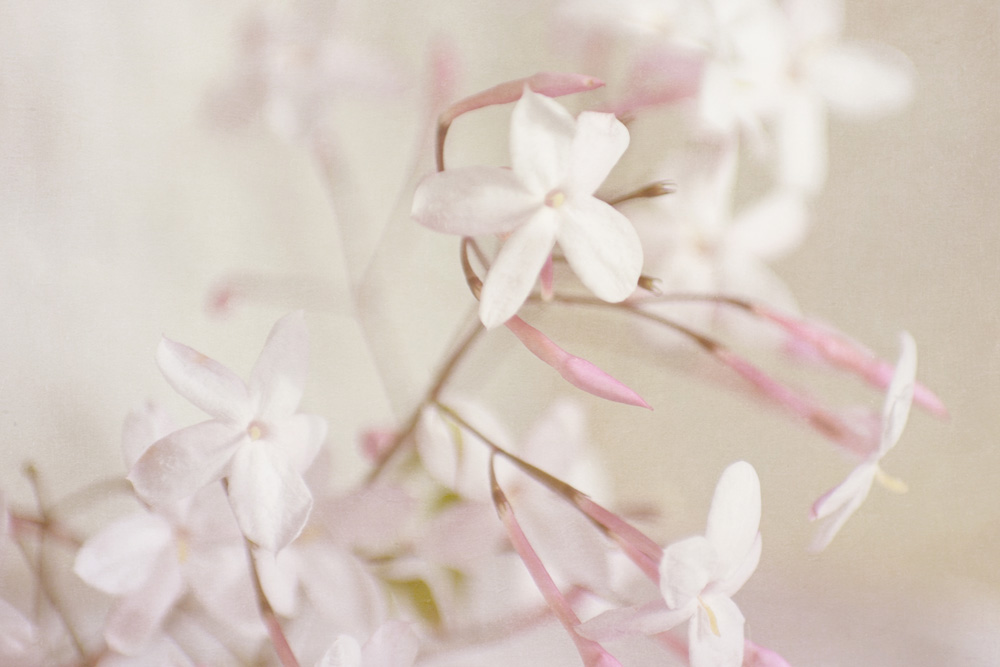
11. Bedroom: Pink Jasmine (Jasminum Polyanthum)
Pink jasmine is sometimes also called white jasmine and is famed for its sweet, sexy aroma. Grow it near the window where it can get a few hours of direct sunlight in summer and provide a trellis for support. The scent of jasmine will help you sleep better.
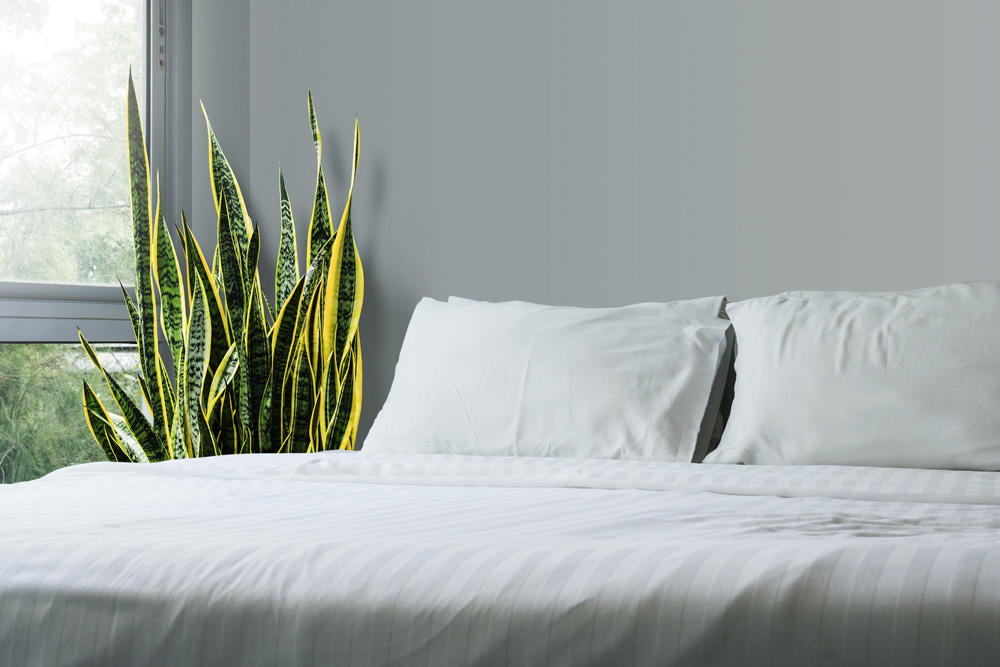
12. Bedroom: Snake Plant (Sansevieria Trifasciata)
The snake plant, also known as the mother-in-law’s tongue or viper’s bowstring hemp, is a very hardy plant that does well in low light and with little watering. It removes toxins in the air, so it’s a great choice for your bedroom considering how much time you spend there.
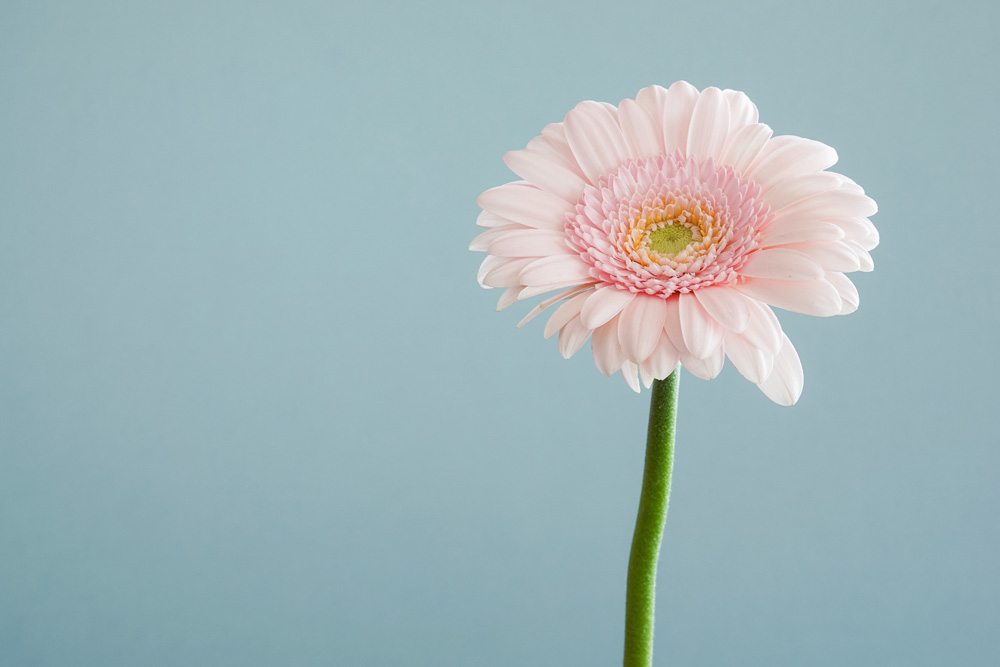
13. Children’s Bedroom: Transvaal Daisy (Gerbera Jamesonii)
The Transvaal or Barberton daisy is a great non-toxic choice for adding bright colour to a child’s bedroom while purifying the air. The plant needs bright light in the morning but prefers cooler temperatures, so don’t place it in the windowsill all day.
Related: 20 Plants That Are Safe for Children, Cats and Dogs
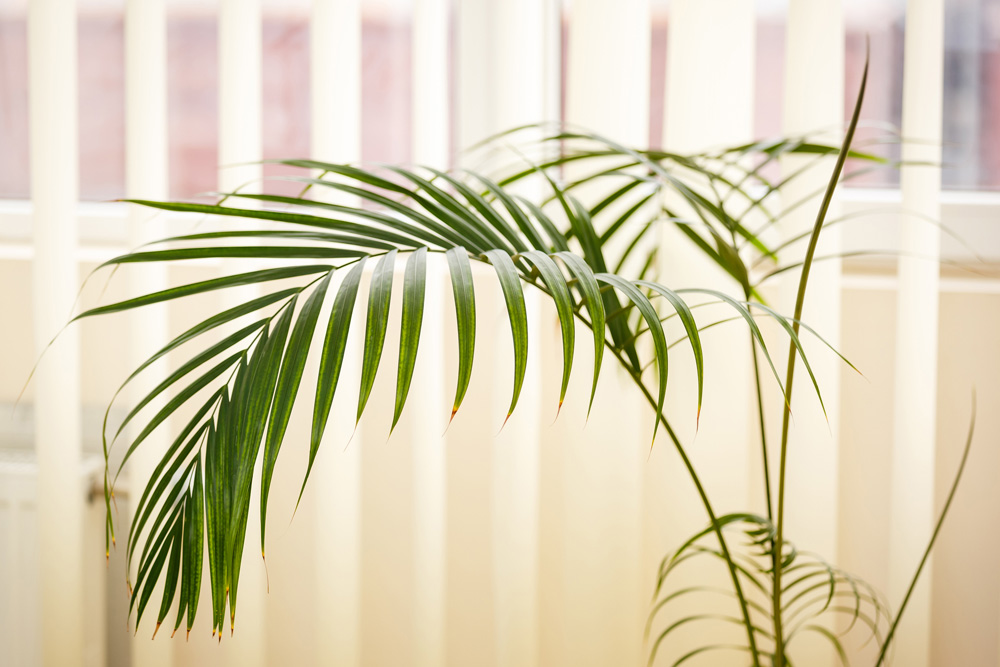
14. Living Room: Kentia Palm (Howea Forsteriana)
The elegant Kentia palm doesn’t require much direct light, so it’s a good choice for sprucing up a boring corner in your living room. It’s a hardy plant that will forgive you if you sometimes forget to dust it.

15. Living Room: String-of-Pearls (Senecio Rowleyanus)
The string-of-pearls or string-of-beads is a low-maintenance succulent with small flowers that smell a bit like cinnamon. Because it is toxic, it’s best to keep this plant in a hanging basket out of reach of children and pets. The plant will sprawl over the edge of the pot to create a striking focal point.
Related: 20 Plants That Are Poisonous for Children, Cats and Dogs
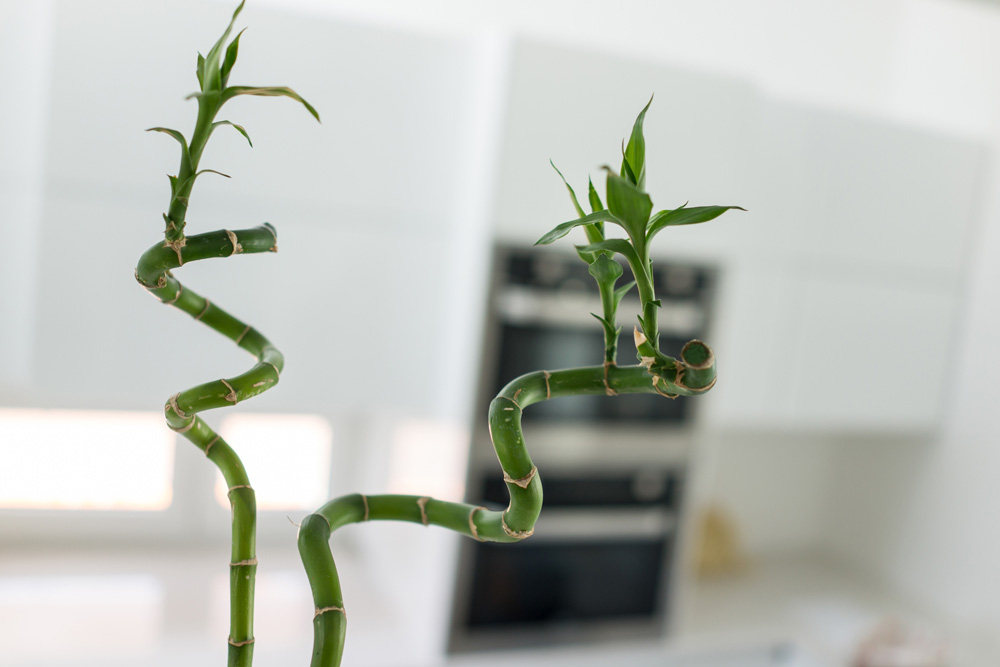
16. Dining Room: Lucky Bamboo (Dracaena Braunii)
It’s believed that the lucky bamboo will bring happiness and prosperity to your home but it’s a great dining-room choice simply for its elegance too. It prefers bright but indirect light and can grow in a vase with only pebbles and water.
Related: The 15 Luckiest Plants for Your Home

17. Dining Room: Bird of Paradise (Strelitzia Reginae)
The bird of paradise will make a statement while adding a bit of colour to your dining room, especially in winter and early spring. It needs plenty of light but cooler temperatures, to it’s best placed in a sunny spot not directly in front of a window.
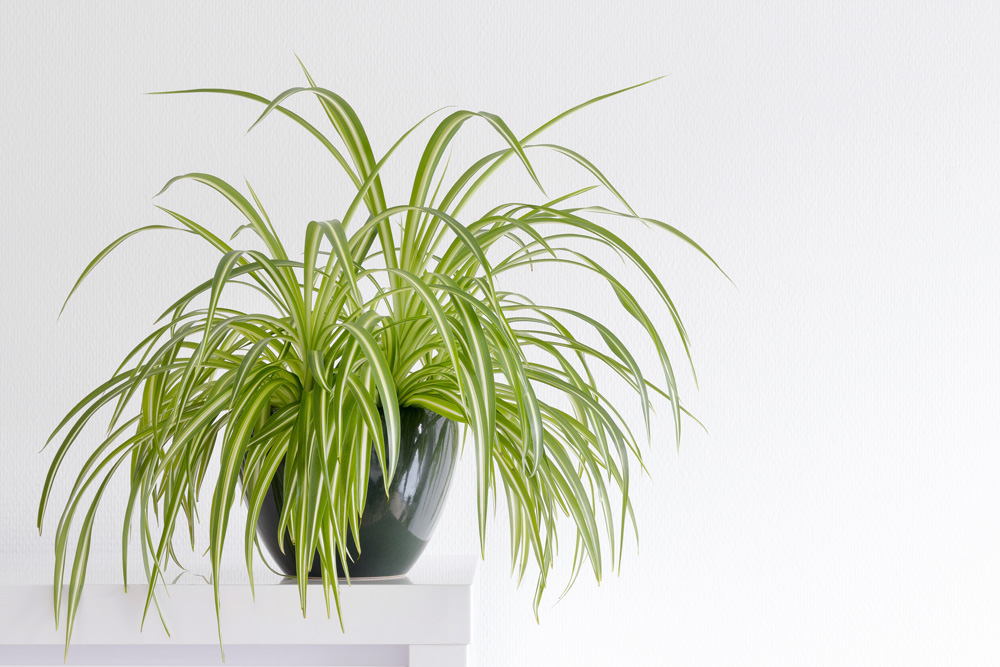
18. Home Office: Spider Plant (Chlorophytum Comosum)
The spider plant is another plant that’s known for its ability to remove toxins commonly found in office environments. It’s a low-maintenance plant that’s actually hard to kill and is non-toxic to pets. If you want to avoid clutter in your office, you can grow your spider plant in a hanging basket.
Related: 21 Easy-to-Care-for Indoor Plants That Go Beyond Succulents

19. Utility Room: Peace Lily (Spathiphyllum)
It might seem like a shame to hide the beautiful peace lily away in the utility room but this is where the plant will not only thrive but also do the most good. It likes low light and removes not only all of the main toxins from the air but also mould spores.
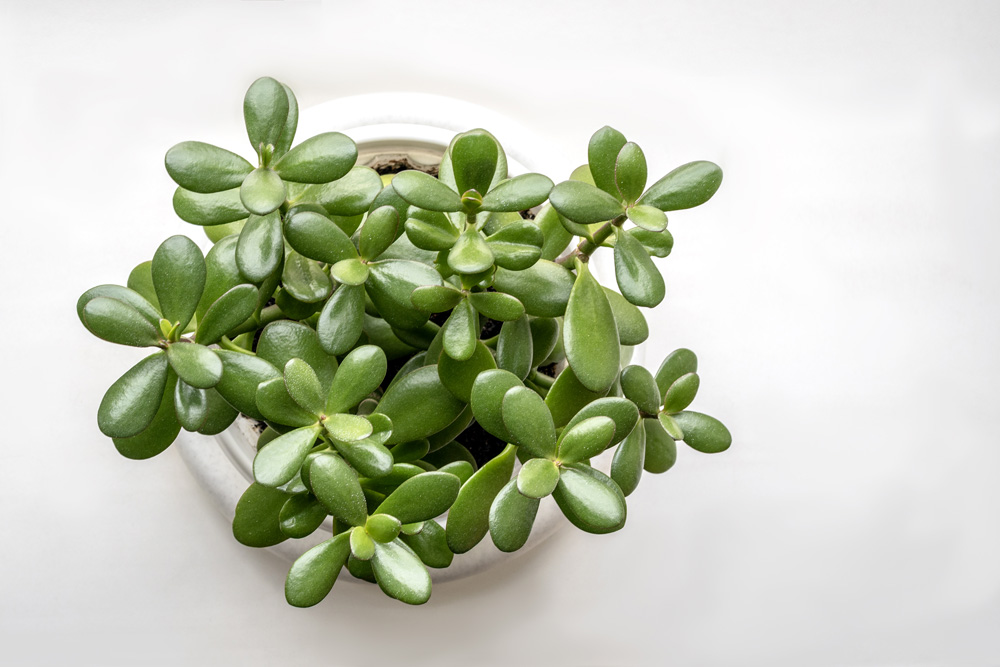
20. Hallway: Jade Plant (Crassula Ovate)
The jade plant is a hardy succulent that likes full sun but can survive in most indoor conditions. It’s traditionally considered a bringer of good luck, prosperity and friendship, so make your guests feel welcome by placing one of these plants in your hallway.
Related: Support Local: The Best Online Plant Stores in Canada
HGTV your inbox.
By clicking "SIGN UP” you agree to receive emails from HGTV and accept Corus' Terms of Use and Corus' Privacy Policy.





